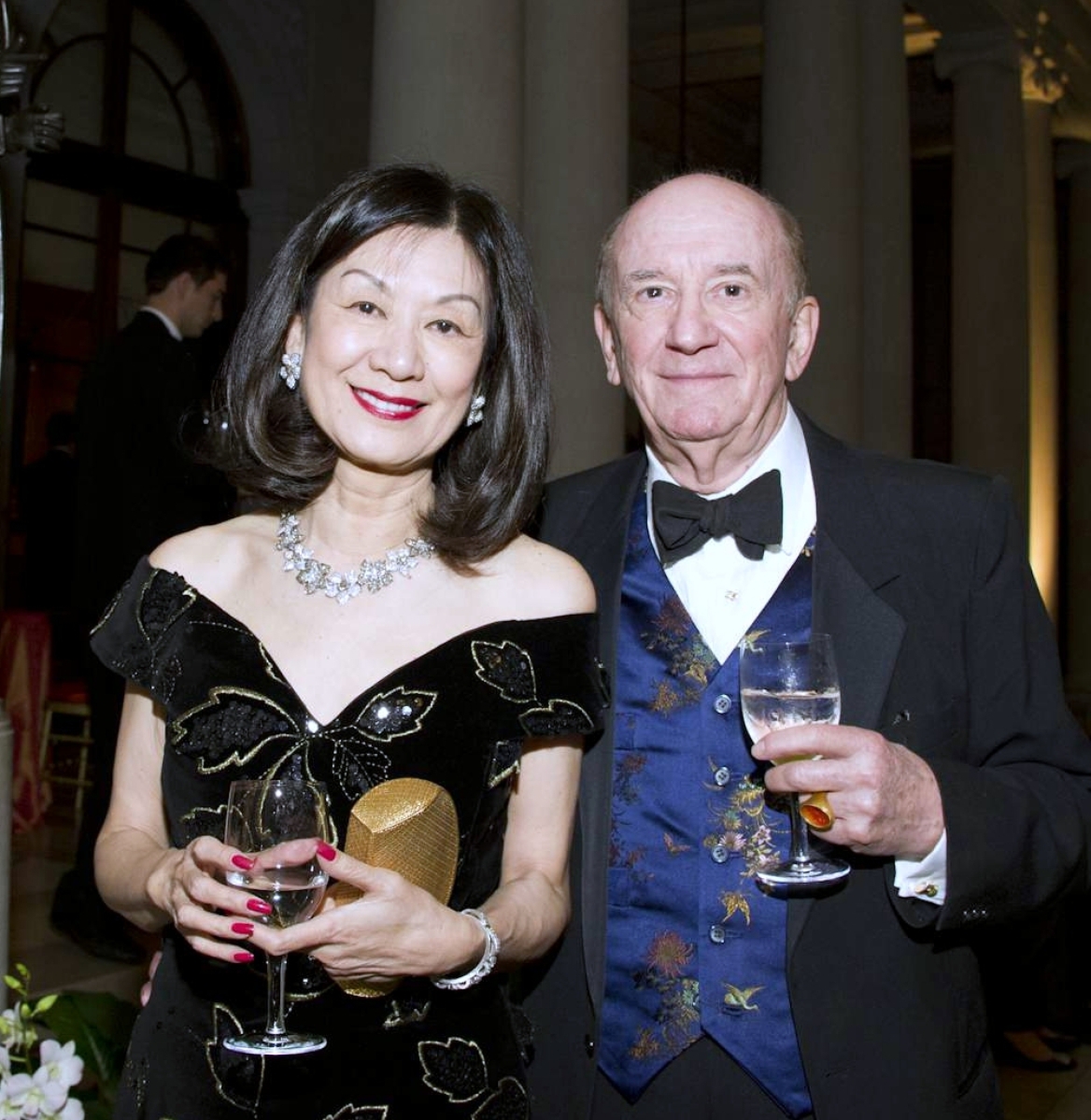On May 8, celebrating the largest acquisition in the history of The Frick Collection, Stephen K. Scher was at the unveiling of a related exhibition of portrait medals from his and Janie Woo Scher’s incomparable collection. The exhibition explores one of the most important artistic inventions of the Renaissance. “The Pursuit of Immortality: Masterpieces from the Scher Collection of Portrait Medals” will be on view at The Frick Collection through September 10.
What is the genesis of portrait medals?
Although commemorative coins and medals existed in Greek and Roman antiquity, the modern medal was invented in 1438 by the great painter Antonio Pisano, called Pisanello [circa 1395-1455], when he was working in Ferrara. At that time, the emperor of Byzantium, John VIII Palaeologus, was attending a meeting in the city with the pope Eugenius IV, with the purpose of uniting the Greek and Roman churches. Pisanello was commissioned to produce an object that would celebrate the presence of the emperor. The result was the first Renaissance medal, which looked nothing like an ancient Roman coin, but which established a form that immediately became extremely popular because it embodied all of the aspirations and thought of the early Italian Renaissance.
How did you become interested in medals?
As an undergraduate at Yale, I read Jacob Burckhardt’s seminal The Civilization of the Renaissance in Italy and was fascinated by the culture and by the individuals he described. While still at Yale I traveled to Italy one summer, and in Florence I was wandering along the Arno and saw an antiquary shop. Out of curiosity, I entered and asked the proprietor what sorts of things he sold. He brought out several objects, one of which was a medal. The minute I held it in my hand I was transported back to the Fifteenth Century. It was a magical experience seeing the portrait of a Renaissance prince on one side and his castle on the other. From that moment on, I made it a point to visit the medals installations in every museum I visited.
When did you become serious about collecting, and at what point did you realize you were building the finest private collection in the world?

Antonio di Puccio Pisano, called Pisanello (circa 1395–1455), Cecilia Gonzaga (1426–1451), dated 1447, copper alloy, cast; 85.8 mm, Stephen K. and Janie Woo Scher Collection.
—Michael Bodycomb photo
I bought my first medal around 1957 while a student at the Institute of Fine Arts and continued to find medals that either I or my parents purchased. I think I did not become aware of the importance of my collection until much later, but I never gave the subject a great deal of thought. It was not an objective and did not really change what I acquired.
Do you have a favorite in the collection?
Whenever I am asked what my favorite is of anything – food, color, work of art, travel destination – I am at a loss to answer because I never have just one favorite. I suppose if I am obliged to answer, I would choose Pisanello’s portrait of Cecilia Gonzaga with the unicorn reverse. It epitomizes the extraordinary quality of his work and is a perfect Italian Renaissance image. The delicacy of the portrait and the richness of the reverse imagery testify to Pisanello’s genius.
Is there a particular acquisition story that stands out?
In 1994, I curated “The Currency of Fame,” which was co-organized by The Frick and the National Gallery of Art, Washington, DC. For that show I borrowed from the Kunsthistorisches Museum in Vienna a medal by Jan de Vos that had a vanitas theme. This was an extraordinary piece and one that I wished to own. Eventually, one came up at auction, but it was purchased by a French dealer, who was also a close friend. I suppose he was aware that he had defeated me in the competition to own the medal. A short time after that, I was in Paris on my way to Maastricht and visited the dealer, who was very excited to tell me that, while vetting the art at Maastricht, he had found a rather interesting object: a silver wine goblet inset with coins and medals, what is called in German a munzbecher. Set into the cup was an example of the de Vos medal. Needless to say, I purchased the cup, which you can see now at The Frick. It is a fascinating object, but an even more fascinating medal.
What do you see as the future of medal studies?
I think that with “The Currency of Fame” in 1994 and now with this exhibition, medals have become much more prominent in art historical studies and to the public. I have always tried to present medals as sculpture in order to balance the perception of them as numismatic objects. Exhibiting my collection at The Frick and establishing fellowships and internships to study the collection, which is our intention, will certainly help to promote the study of this richly endowed object.
-Rebecca Brooke, Head of Publications, External Affairs, The Frick Collection.
Reprinted from the Spring/Summer 2017 issue of The Frick Collection’s Members’ Magazine.





